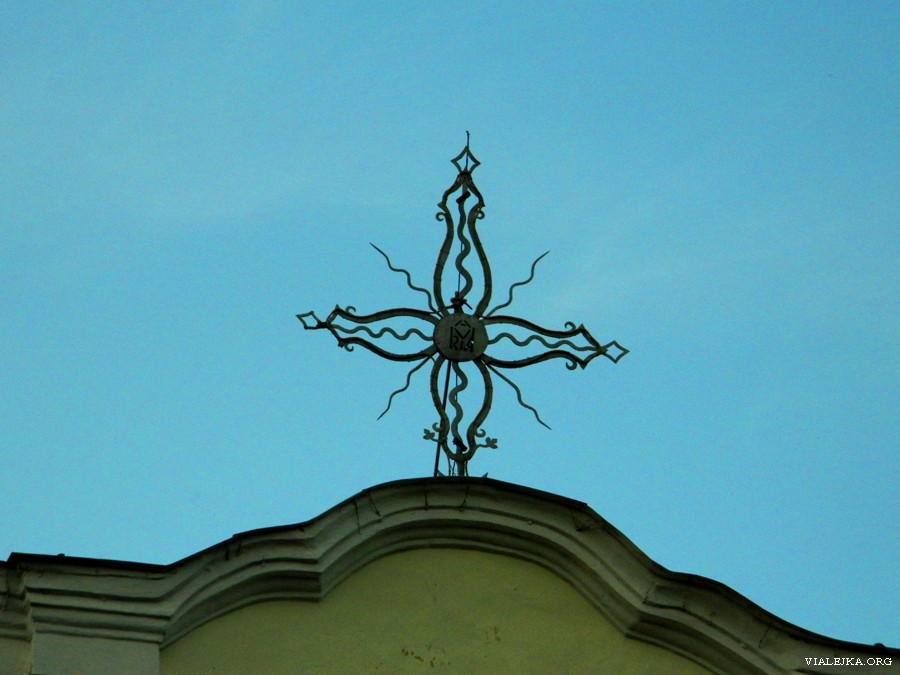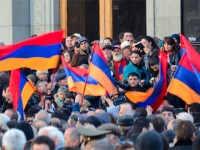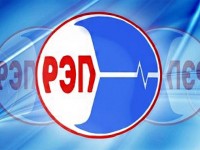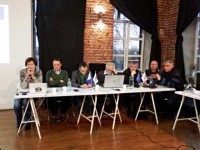The Belarusan National Platform of the EaP CSF issued a statement in connection with the wave of searches in the editorial offices of the Belarusan media and the detention of journalists.
Iryna Dubianetskaya: Due to efforts of Russian Orthodox Church Belarus’ cultural landscape changes

“Russian World” enters the consciousness of Belarusans through the most cherished, intimate things — the relationship with God; firmly settles there and forces out our authenticity.
Everything that is related to Belarusan religiosity is covered with pain points, believes the doctor of philosophy, doctor of sacred theology, the Academic Director of the Belarusan Collegium Iryna Dubianetskaya. She shared her observations accumulated in a series of expeditions across the country called “Faith of Belarus” and explained why it was necessary to form “NATO of the XVI century” — the Union of Brest. The EuroBelarus Information Service wrote down the essential thoughts of Iryna Dubianetskaya.
According to her, Europe is the flagship of the civilized path of the world. It feels so strong that it’s not afraid to be guilty and apologize for the past. And further Europe is moving towards tolerance.
This very tolerance is a parameter with which Belarus has historically stood out among the rest of Europe and with which it is lagging behind now. This tolerance was primarily religious. Starting from the XIV century, our country was multireligious, while other countries were monoreligious and waged war, not willing to accept other religions. The problem is that there is no bridge between a Belarus from the past and a Belarus from the present, just like there is no bridge between today’s Europe and Belarus from the past:
“The phenomenon of the XXI century is a new deployment of the Orthodox Church. What is Russian Orthodox Church doing in Belarus? One of the most painful things that our eyes have gotten used to so that we fail to notice them now is how due to the efforts of Russian Orthodox Church Belarus’ cultural landscape is changing.
If 20 years ago, when passing through Belarus, it was possible to guess in which country you are in judging by the form of religious buildings, now it is much harder to do so. After all, the Belarusan traditional religious architecture and its outward signs have drastically decreased.
But it all started not with the construction of new pseudo-Russian churches that can now be seen very often, but with replacement of crosses on churches, believes Iryna Dubianetskaya. Crosses have no confession; only Belarusans can say an “Orthodox Cross” or a “Catholic cross.” Cross is a sign of the local tradition. Crosses of Belarusan tradition are conventionally called “sun-crosses”; they represent the Sun-Christ, a new dawn, and a new truth that illuminates the world. They have no fixed form, they have concept: apart from the four main beams there is also a central square or a circle, as well as intermediate beams, which can sometimes be in the form of snakes. However, one can see increasingly more indirect crosses, typical of Russian Orthodoxy, not only on the new temples, but also on the old ones. And now, “sun-crosses” return to the Catholic churches, not Orthodox.”

An example of a “Sun-Cross” from Vilejka district
“Why do people — both clergy and believers —accept the replacement of crosses? Because the substitution of concepts happens. Czechs in the early twentieth century used to say: “Russians like to call everything that is Russian Slavic, so that everything Slavic would be then called Russian.” In Belarus, since the 17th century substitution of “orthodox” and “Russian” has been happening. We must understand that these are different things.
The same applies to rebuilding churches in the modern “Russian” manner. For example, a renaissance St. Michael's Church of the 17th century, built after the adoption of the Union of Brest, was excluded from the list of monuments protected by the state, given to the Orthodox, and has been renovated — of course, without the preservation of its architectural peculiarities.”
St. Michael Church, photo by Alexei Chubat
“As for the Union and why it took place, there is the best analogy for it. What was the first thing that Lithuania, Latvia and Estonia did after they escaped from the Soviet Union? They started to do everything possible to join NATO. They needed a guarantee of protection from the East. And Union of Brest was an analogue of NATO to guarantee protection from Moscow.”
Thus, in today’s Belarusan situation everything Russian becomes Orthodox and everything Orthodox is Russian. We can find examples when churches hang icons with images of family of the last Russian Emperor Nickolas II, make up verses about the “Holy Russia”, reconstruct the temples across the country.
“Belarusan tradition of architecture starts from the XII century, and it doesn’t stop until 1930. These are churches of any denomination, but in accordance with the Belarusan cultural tradition. I ask architects, what must have happened with us as a nation, as a society that suddenly everything that has been developed over the centuries is left aside so that something “pretty” and Russian can be built on the go? And the architects respond that there are directions, orders, that they cannot build an Orthodox church in the Belarusan style.”
The purposeful policy of Russification in Belarus will result in spontaneous Russian identity from the “target audience”, Iryna Dubianetskaya believes. And it’s impossible to change the situation on a local level; political will is required.
Others
-
Statement of the Belarusan EaP CSF National Platform on solidarity with the civil society of Armenia
The Belarusan National Platform of the Eastern Partnership Civil Society Forum issued a statement on solidarity with the civil society of Armenia.
-
Statement of the BNP in connection with the criminal prosecution of the leaders of the Belarusan independent trade unions
The Belarusan National Platform of the Eastern Partnership Civil Society Forum issued a statement in connection with the criminal prosecution of the leaders of the Belarusan independent trade unions.
-
Final event of project CHOICE — Paving the way to European Year of Cultural Heritage 2018
The final event of the two-year EU funded project CHOICE — Cultural Heritage: Opportunity for Improving Civic Engagement was held on June 6, 2017 at the Committee of the Regions, in Brussels.
-
Heritage is a verb. The results of the CHOICE project were summarized in Minsk (Photos and video)
Does Belarus need a “Public Ministry of Culture” and “Ašmiany Charter” to deal with the historical and cultural sites?








Comments
From farewell to a new Eastern policy and towards a new development
Poland and Germany were both initiators and drivers of a New Eastern policy linked to the Eastern neighborhood and Russia/Soviet Union.